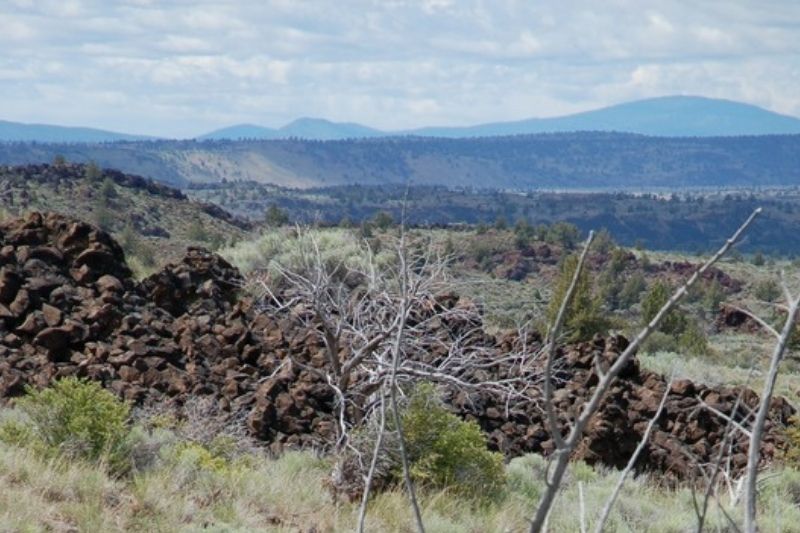There’s an expression I’ve always liked: “Don’t speak unless you can improve on the silence.” Wise words but rarely honored. Even I, quiet by nature, have a hard time abiding by them in situations where talking seems called for and where I could not often claim to be improving on the silence by talking. I have been to silent retreats where silence is expected and people go for days with hardly a word spoken and I found it an immense relief; wordless, I felt more peaceful and at home with myself; in the smiles exchanged I was accepted and accepting and felt closer to the others than I would have in a wordier world. A big part of the problem, I think, is that speech is very often less a communicative act than a performative one. Speaking announces a person’s presence, declares their mood and personality and something of what they know, establishes status; it creates a simulacrum of relation, which with real, improving speech can become genuine relation but does not often get that far. The simulacrum replaces or fills in and gives the impression of connecting with the listener; it kills time. Often it has a purpose, selling something for instance, and may succeed at that but insofar as it remains instrumental it does not achieve true relation. I wonder what the result would be if every social gathering required attendees to spend their first half hour in silence, even late arrivals who find others whose half hour has expired talking? More silence would offer far more reality to the human world than more words.

I bring this up because Twig and I have just returned, sweat covered and panting from the heat, after a hike around what’s become our preferred route, the three mile or so Cave Loop, which tends to be less trafficked than other roadways. How grateful I will be that the trails will be open for our next visit. We leave tomorrow and head south to Butte Lake in the far northeast corner of Lassen Volcanic N.P., a relatively undeveloped area at the end of a six-mile dirt washboard road. Walking Cave Loop we stop periodically and sit and look at what’s around us. The first thing I notice is the silence; there are few human sounds, only an occasional car or airplane. The sounds I hear, gentle, soft, fitting, are from those who live out here: always it seems there’s a solitary bird (was he already there or did he fly in and land for the company?), singing for the pleasure of it is my guess or as greeting; flies buzz, insects click, that’s it. The speaking of these creatures actually does improve upon, or at least does not detract from, the silence. I can’t picture them forced by anything to speak; they don’t do it because of discomfort or convention; they have nothing to sell. They speak out of their nature and the authenticity of their being. I enjoy the silence out here and its little punctuations; it fosters connection and appreciation for the goodness of it all. It facilitates a unitive feeling to the extent I am receptive. I also enjoy the perspective given by elevation change; to the north it slopes downward toward hills on the horizon, and it seems I see many miles before they close the view, and to the south it rises and I see a shorter distance. Not to strain for imagery but there’s a sort of ethereal quality to the vast northern scene—it encompasses so much that’s so varied and suggestive of early volcanic times—while the southern scene is more straightforward and practical. Both, however, reveal how astonishingly prolific the grasses have been in recarpeting the landscape; with eyes only to the ground it’s verdant but raise them and skeletal snags remind of what happened. I can’t well identify why this particular land affects me as it does, but I’m inspired by it and return as often as possible.


